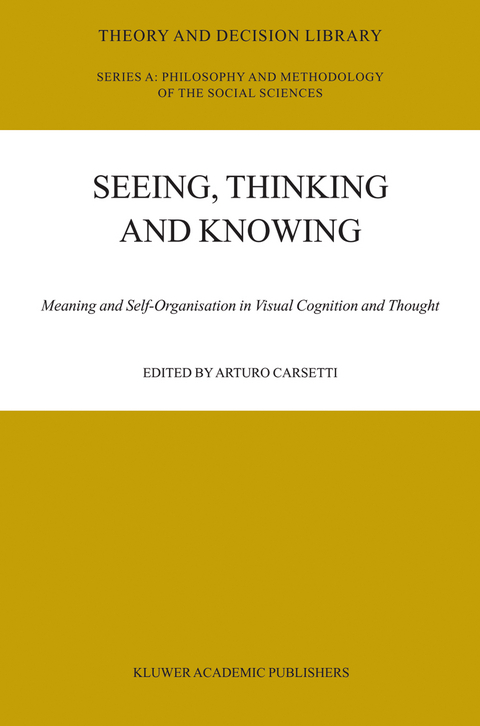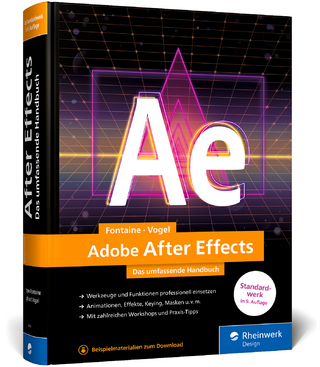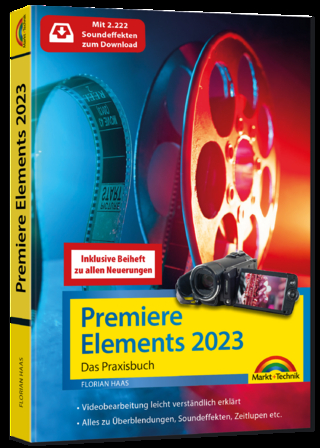
Seeing, Thinking and Knowing
Springer (Verlag)
978-90-481-6588-9 (ISBN)
Seeing and Thinking: A New Approach.- Neural Models of Seeing and Thinking.- Functional Architecture of the Visual Cortex and Variational Models for Kanizsa’s Modal Subjective Contours.- Gestalt Theory and Computer Vision.- Towards an Analytic Phenomenology: The Concepts of “Bodiliness” and “Grabbiness”.- Internal Representations of Sensory Input Reflect the Motor Output with Which Organisms Respond to the Input.- Movemes for Modeling Biological Motion Perception.- Form Constraints in Motion Integration, Segmentation and Selection.- Scintillations, Extinctions, and Other New Visual Effects.- Commonalities between Visual Imagery and Imagery in Other Modalities; an Investigation by Means of fMRI.- Forms and Schemes of Perceptual and Cognitive Self-Organisation.- Microgenesis, Immediate Experience and Visual Processes in Reading.- Language, Space and the Theory of Semantic Forms.- Emotion-Cognition Interaction and Language.- Appearance of Structure and Emergence of Meaning in the Visual System.- The Embodied Meaning: Self-Organisation and Symbolic Dynamics in Visual Cognition.
| Erscheint lt. Verlag | 5.12.2010 |
|---|---|
| Reihe/Serie | Theory and Decision Library A ; 38 |
| Zusatzinfo | 11 Illustrations, color; 112 Illustrations, black and white; II, 358 p. 123 illus., 11 illus. in color. |
| Verlagsort | Dordrecht |
| Sprache | englisch |
| Maße | 155 x 235 mm |
| Themenwelt | Geisteswissenschaften ► Psychologie ► Allgemeine Psychologie |
| Geisteswissenschaften ► Psychologie ► Verhaltenstherapie | |
| Informatik ► Grafik / Design ► Film- / Video-Bearbeitung | |
| Informatik ► Theorie / Studium ► Künstliche Intelligenz / Robotik | |
| Naturwissenschaften ► Physik / Astronomie ► Thermodynamik | |
| ISBN-10 | 90-481-6588-1 / 9048165881 |
| ISBN-13 | 978-90-481-6588-9 / 9789048165889 |
| Zustand | Neuware |
| Informationen gemäß Produktsicherheitsverordnung (GPSR) | |
| Haben Sie eine Frage zum Produkt? |
aus dem Bereich


